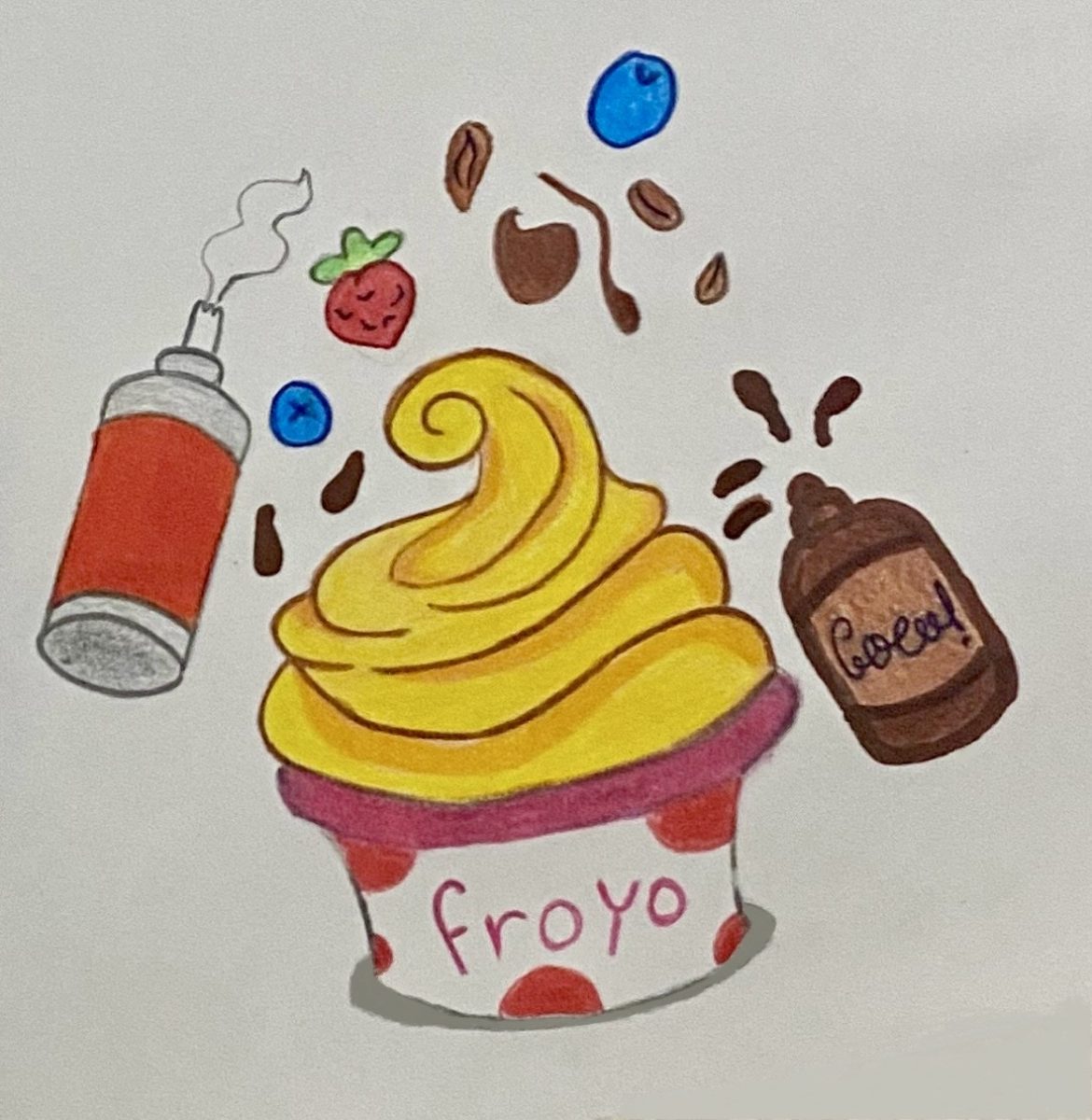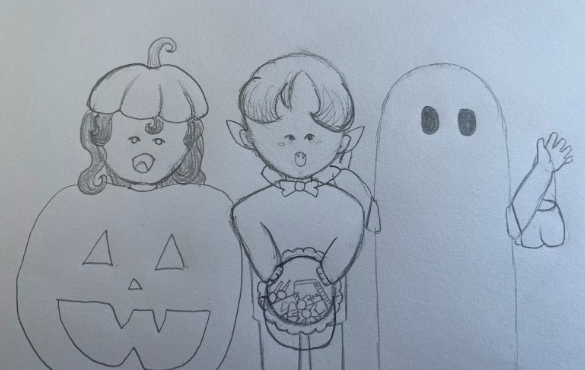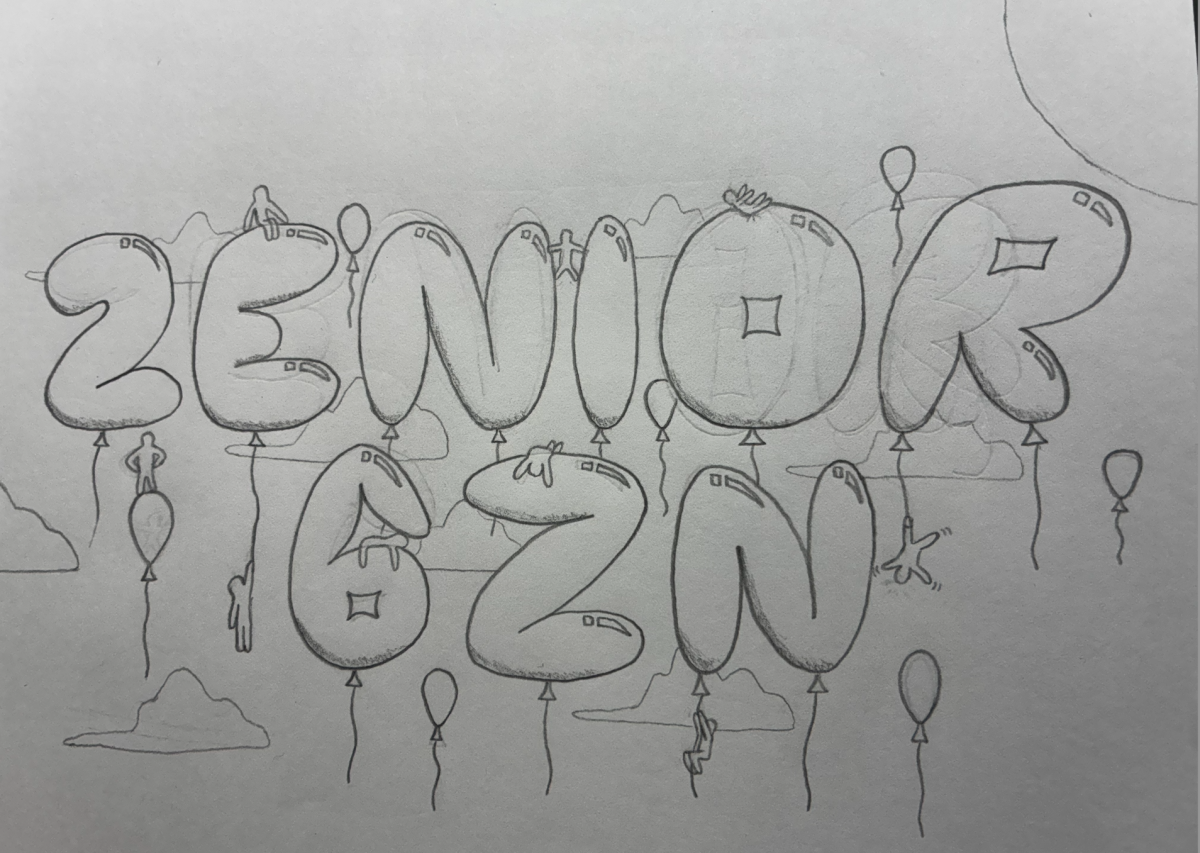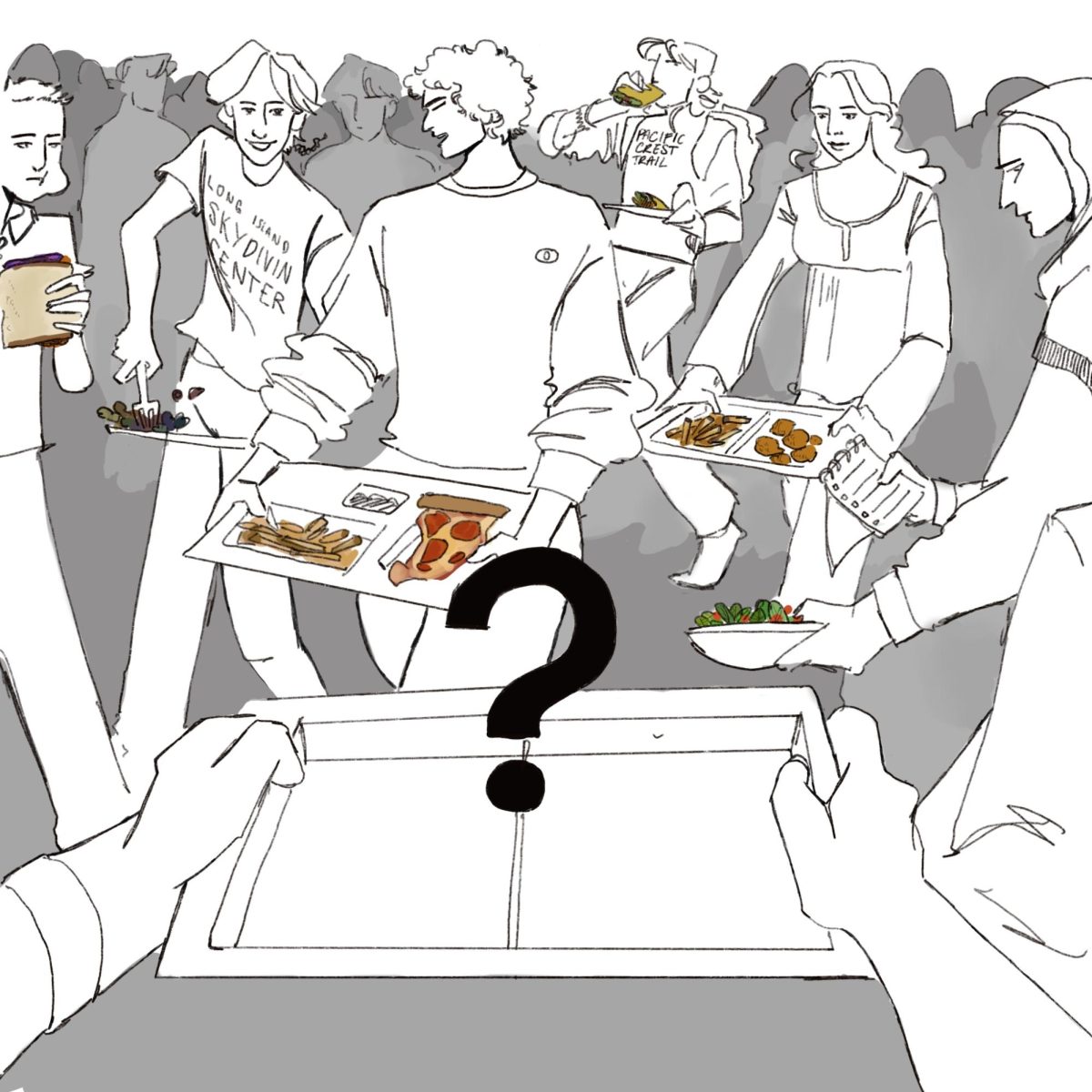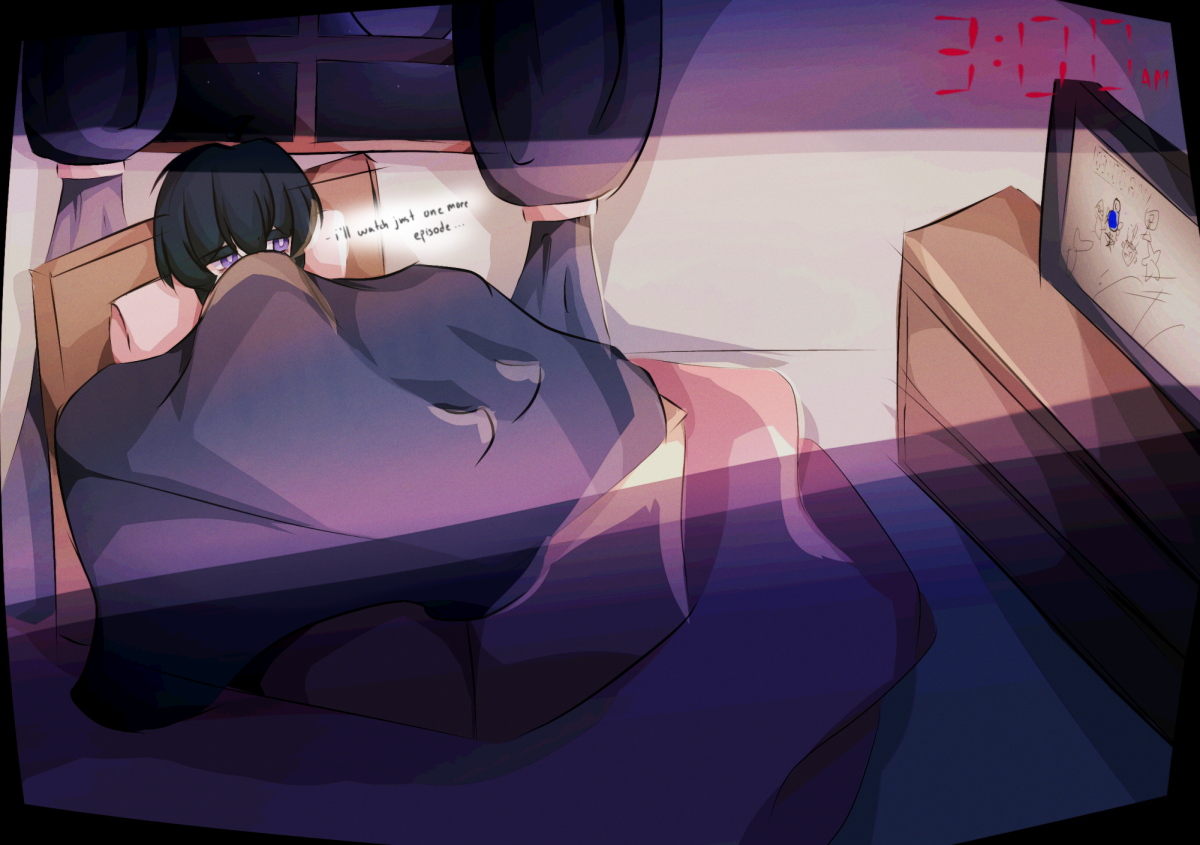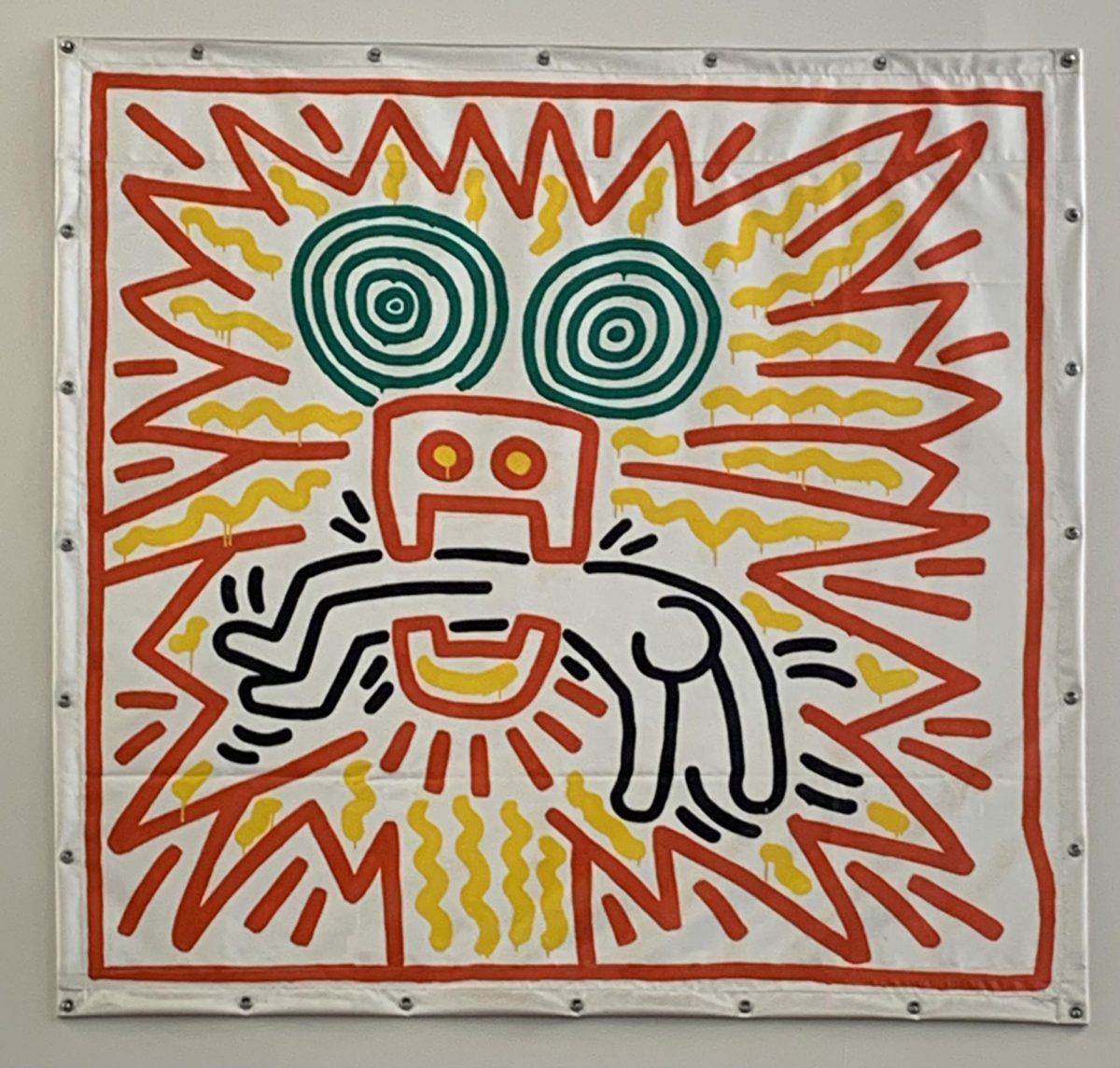In recent years, you may have noticed people wearing t-shirts showcasing dancing figures, dogs, or even UFOs. Countless companies have put Keith Haring’s energetic artwork on clothing items, just as he did in the past, causing his art to gain more popularity. However, the companies’ intentions are not the same as Haring’s, and many of the people sporting his works don’t even know the meaning behind them, but they—and you—certainly should.
Born in Reading, Pennsylvania in 1958, Keith Haring grew fond of creating art through cartooning, which he learned from his father. This love for drawing continued throughout his adolescence until it was time to go to college. After briefly attending a graphic design course at a professional arts school in his home state, Haring observed that his peers were only studying to get a job, and, in his words, “their own art was lost.” As a result, he decided to move to the East Village, where he studied at the School of Visual Arts.
The East Village “was just exploding” to Haring, and it was much more suitable for his hip, lively art style. Our city allowed Haring to gain popularity as an artist in many ways, the most prominent of which being our subways. The empty advertisements in train stations served as his canvases, where he would quickly and masterfully create art. Haring often got stopped by police for this art, but because he used chalk, there were never serious consequences. “[T]he whole thing was a performance,” said Haring—one that he, as well as his audience, enjoyed thoroughly. He even gave his viewers buttons with his art, which inspired him to sell other art-related merchandise in his own store, the Pop Shop, which opened in 1986.
Now, it is important to mention that this shop was not for profit, but rather to achieve the same goal that Haring had been chasing through his subway art: to make art more accessible to all. He wanted art to be present in the lives of others, just as it had been in his, and he was certainly successful. Just take a look at the amount of people who continue to wear his art, let alone the sheer number of companies who have used Haring’s work in their merchandise. This can only mean one thing: Keith Haring’s art still attracts people.
While Haring’s art hasn’t lost its popularity over the years, it has certainly begun to lose connection to its original purpose. Despite the lighthearted appearance of Haring’s creations, many of these works are actually a form of activism with far more serious meanings. His art makes the world’s issues—such as racism, drug-abuse, and the ignorance of the AIDS epidemic—far more visible, motivating people to take action. In fact, a prominent piece of his artwork addressing drug abuse is located near our school, on East 127 Street, where he painted a mural on a handball court with the words “Crack is Wack.”
All of Keith Haring’s art spreads relevant messages, but his works on the AIDS epidemic and LGBTQ+ rights are arguably the most important. Haring worked ardently to destigmatize AIDS by creating simple yet heart-wrenching art, such as his Unfinished Painting, which captures how quickly AIDS can end one’s life, or Silence = Death, which alludes to the refusal of the government to speak about the devastating disease.
As the AIDS epidemic progressed, the ostracization of people who were more susceptible to the disease worsened, especially due to the ignorance of the government and media. During this time, queer people, IV drug users, and people living in Africa were particularly vulnerable to the hostility of the public. Haring himself mentioned how, in the eyes of many, AIDS was a “perfectly invented disease,” since it was killing the already-marginalized peoples of society. This is what made the global response to AIDS—or lack thereof—so terrifying, placing even more significance on Haring’s work.
Keith Haring’s own life was ended by this very disease in 1990. He was only 31 years old. Yet, over 30 years later, his work lives on.
Now, it’s your turn to ensure that his legacy lives on. Continue fulfilling Haring’s goal of reaching vast audiences by viewing his art, which can be found in the NAC Library—yes, Haring’s art is on the CCNY campus!—above the Circulation Desk. Most importantly, enjoy your life while you have it. Pursue the things that you find pleasure in. Let your beliefs be heard—for Haring. Do it for Keith Haring, because he can’t anymore. Especially if you’re wearing his t-shirt.
